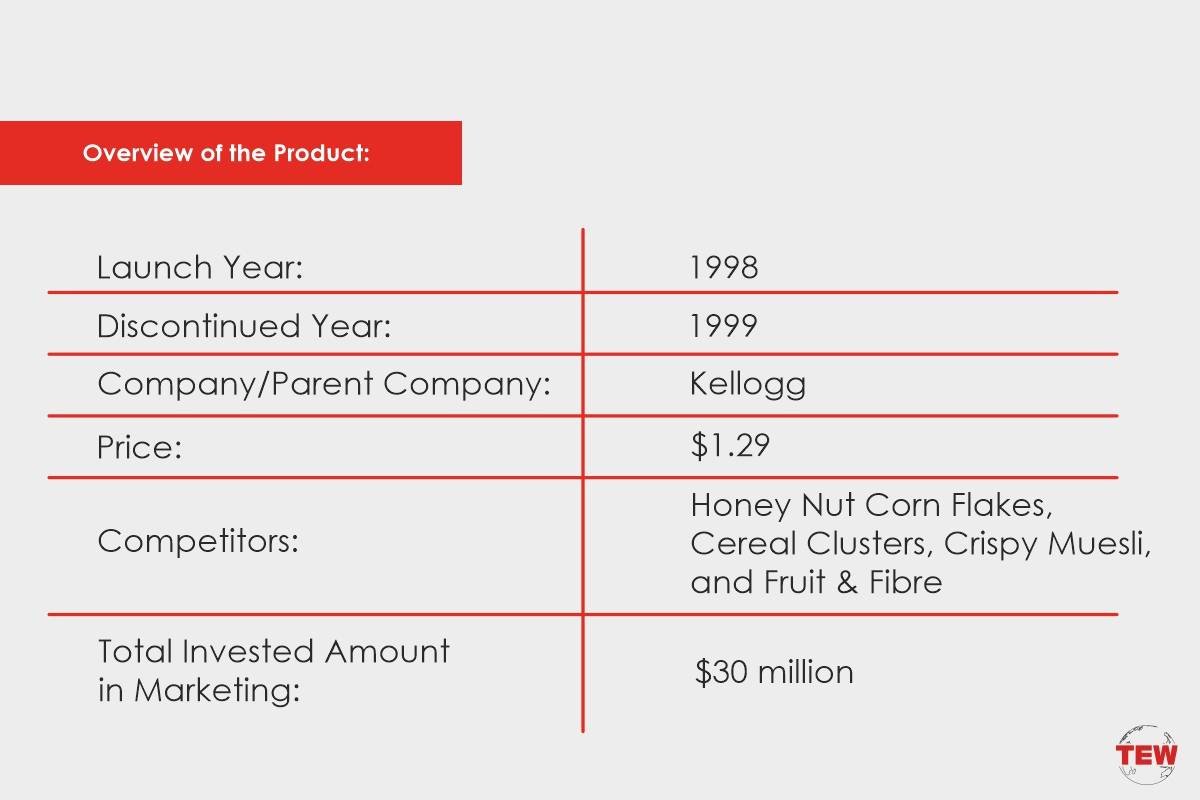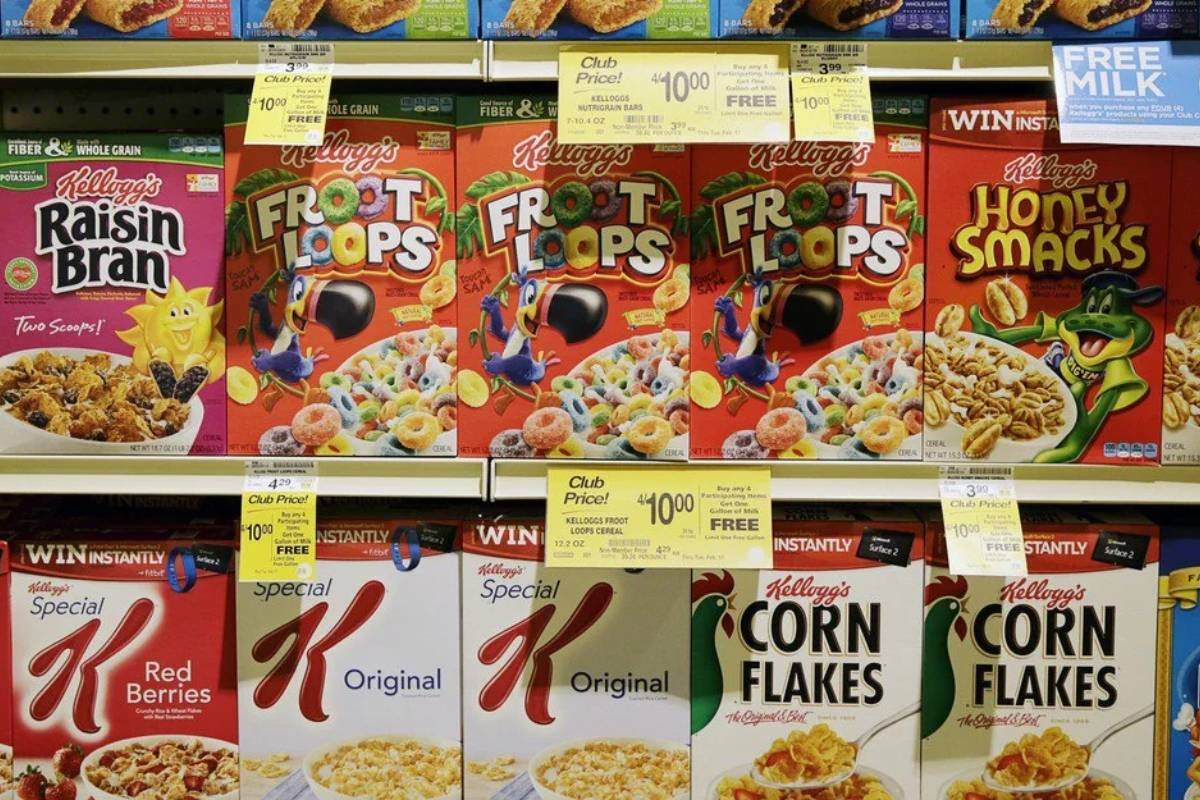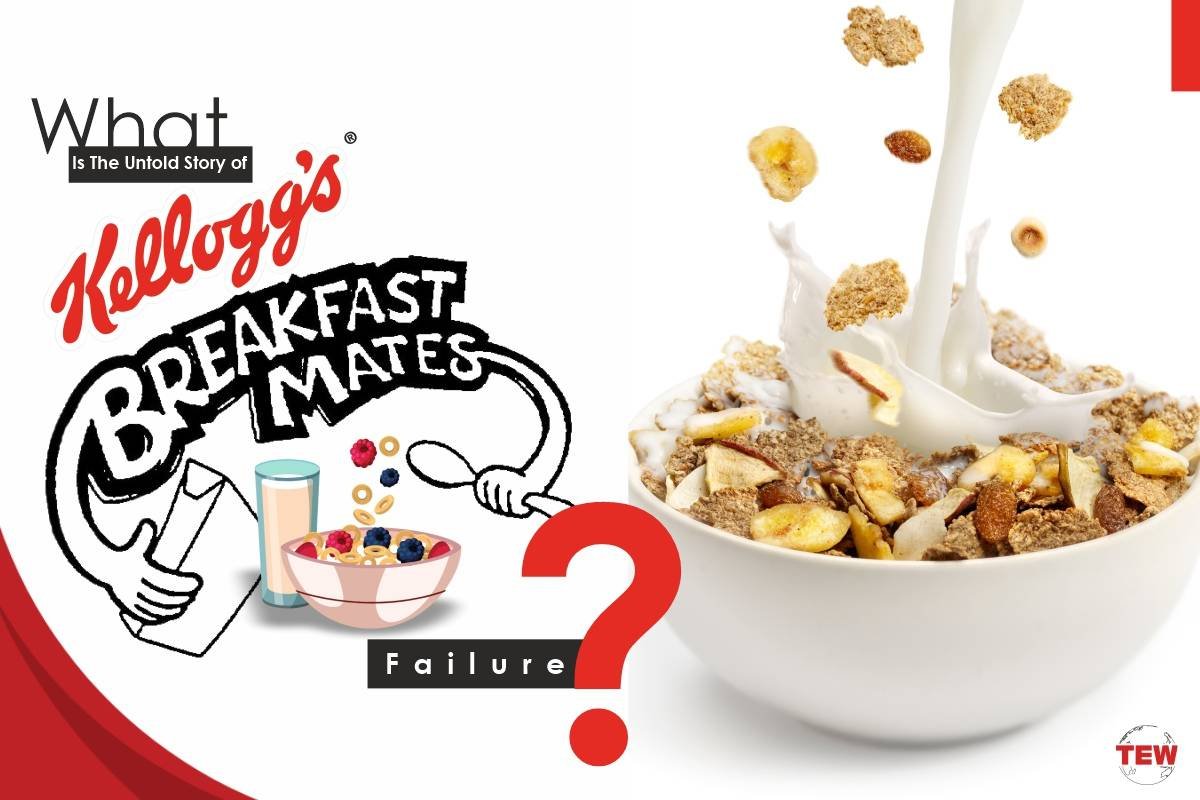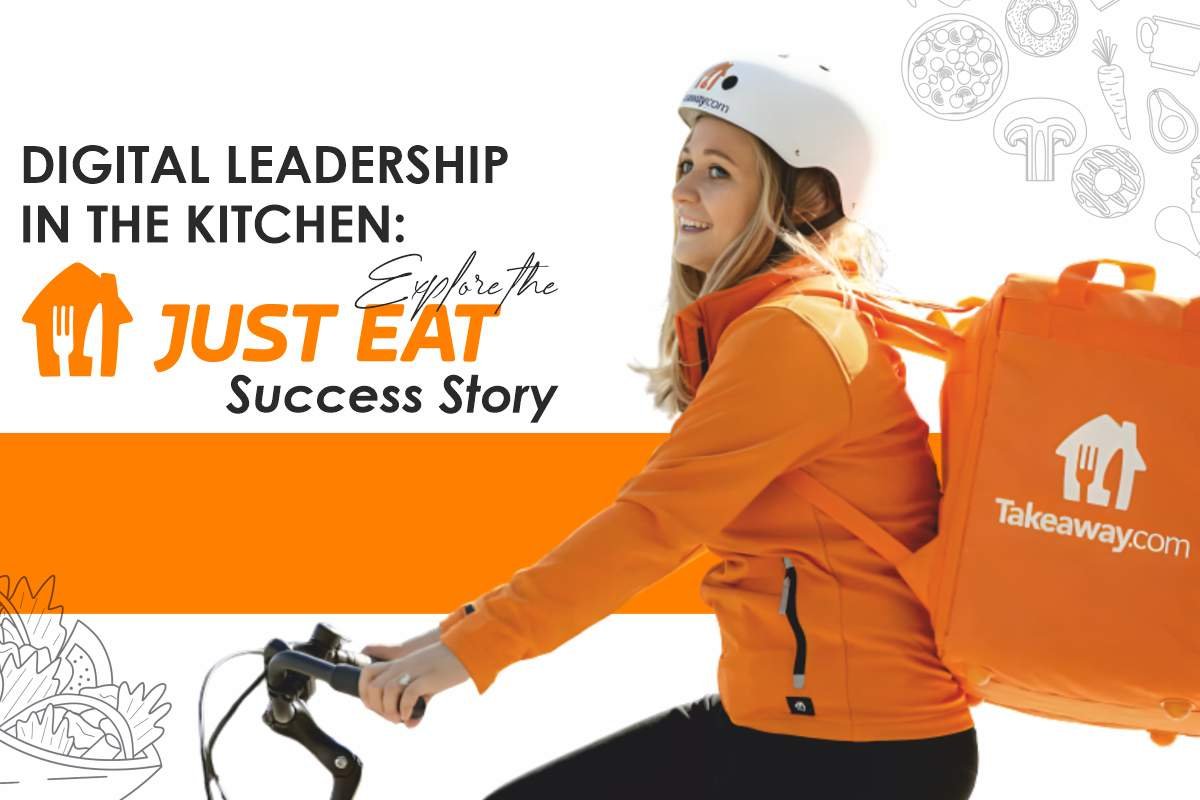“You are what you eat..” is a belief that made Kellogg’s one of the most popular choices for Americans in the breakfast. Set up by brothers Will Keith Kellogg and Dr John Harvey Kellogg in year 1870’s, Kellogg discovered different ways to to cook and crush wheat and made it more palatable without losing its nutritional value.
The brand proved that making cereal and feeding it to millions of people is not at all difficult thing to execute. The company decided to go one step ahead by producing Breakfast Mates for busy families in which there are working parents and save their time. However, the company failed miserably and turned out to be a disaster. Do you want to know the story behind this? Explore the same in this article.
Overview of the Product:
Kellogg’s Breakfast Mate was a breakfast product introduced by Kellogg’s, a renowned food company known for its cereal and snack offerings. Breakfast Mates aims to provide consumers with a convenient and quick breakfast solution, ideal for busy mornings or on-the-go lifestyles. The product typically consisted of a combination of ingredients such as cereal, fruit, nuts, and yogurt, packaged together in a single serving container. With its promise of convenience and nutrition, Kellogg’s Breakfast Mates entered the market as a potential solution for consumers seeking a hassle-free breakfast option.

| Launch Year: 1998 Discontinued Year: 1999 Company/Parent Company: Kellogg Price: $1.29 Competitors: Honey Nut Corn Flakes, Cereal Clusters, Crispy Muesli, and Fruit & Fibre Total Invested Amount in Marketing: $30 million |
What was the purpose behind launching Breakfast Mates?
- Kids can prepare breakfast for themselves and they do not have to depend on their parents.
- A ready-to-eat perfect snack during any time of the day. Due to increased working hours of the day, many people in the U.S. do not get enough time to make food for themselves. So Breakfast Mates would have been an easy choice for them.
- Competing with the fast-food industry. People do not have any choice but to eat highly nutritious food when it comes to the fast-food industry. However, Breakfast Mates offers a healthy and ready-to-eat option to kill your starving and not compromise on nutrition.
What was Breakfast Mates Consisted of?
Kellogg’s Breakfast Mates included four popular brands: Corn Flakes, Fruit Loops, Mini Wheats, and Frosted Flakes. Along with a container of aseptically packaged milk [no refrigeration required] and a plastic spoon, Kellogg placed the product in the refrigerator dairy section besides yogurt, Jell-O pudding, and other refrigerated desserts. It was perceived by the company that most Americans eat cereals by pouring milk over cereal so they will welcome the Breakfast Mates.
Why did Kellogg’s Breakfast Mates fail in the market?

Kellogg’s started marketing its products through various advertisements in which the company promoted its nutritional value for kids as well as adults. Having a breakfast that consists of high nutritional value was the Unique Selling Point (USP) of Kellogg’s. However, this USP failed when the company launched a new product named Breakfast Mates which came along with cereal, milk, and spoon in it. Due to a lack of market research and understanding of customer choices, the product couldn’t reach up to the mark. According to studies, the following factors were responsible for its failure:
- Factor one: Warm Milk. Yes, though we eat cereals with milk, many customers did not like the idea of eating cereals with warm milk. Each container of milk was ‘aseptically packaged,’ it didn’t need refrigeration.
- Factor two: As it was reflected in the advertisement, the idea of opening the package was not that easy. The advertisement showed that children open Breakfast Mates package when their parents are asleep, however, it couldn’t be the same. The product wasn’t child-friendly.
- Factor three: Consumers found Breakfast Mates too expensive and competitors like Nestle, Quaker, etc. offered better choices. Its retail price ranged from $1.39 to $1.69 depending on the retail store. Combining milk with cereal is considered as Kellogg’s move to enter into the dairy industry.
- Factor four: Breakfast Mate was re-educating people on how to eat milk with cereal when consumers were not ready to buy milk in the same package of cereal. However, people expect to have cold milk with cereal of their own choice.
- Factor five: Many Americans who have tried eating aseptically packaged milk were not satisfied with the taste. Some of them had given reviews that the milk’s taste was burnt. Targeting the wrong audience can prove to be a disaster for any company.
- Factor six: Breakfast Mate had portable packaging so that children who live away from home can have it. It could be kept in a lunchbox, suitcase, brown bag, etc. However, the problem was that milk can get warm at room temperature which changes its taste.
- Factor seven: Packaging and Portion Size Issues: Packaging that did not appeal to consumers or portion sizes that were deemed inadequate or excessive may have contributed to dissatisfaction with the product.
- Factor eight: Distribution Network Issues: Issues with the distribution network, such as logistical problems or inefficiencies, could have hindered the product’s reach to target markets.
What important lessons you can learn from this?

After one year of experimentation, Kellogg decided to dismantle Breakfast Mate in 1999 and announced that it would stop production. Cereal, milk, and spoon were not just needed to make the launch successful and only one parameter can prove a fatal mistake. There are few lessons new food companies can learn from the mistakes of Kellogg:
- For any food and beverages company, it is important to do deep research which helps to understand customer choices and preferences. For example, Kellogg’s failed miserably in its initial move into the Indian market because the company showed how Indian breakfast is harmful to health.
- Do not try to confuse the customers. Adding milk with cereals did not offer anything new but showed that the combo would be easy to eat. Through the advertisements, Kellogg was implying that it is needed to store in a refrigerator.
- Selling the brand in the right place. Selling cereal was the main agenda rather than anything else, however, including milk in the Breakfast Mates was a bad decision as where will you exactly find it on the shelves of the supermarket?
- Being best in at least one thing. It is an important lesson that can be learned from Kellogg’s failure of Breakfast Mates. Focusing on a single product is more essential than combining both of them in a single package.
- If you are introducing something new in the market, keep the price low. Why will a consumer prefer to try a new product by paying more than the usual one?
By learning from Kellogg’s mistakes, we hope you have received important insights. The company soared high and achieved new milestones in the market and never looked back. The next time you are shopping at the supermarket and watching different flavors of Kellogg’s, do not forget to buy it separately and not with the milk.






